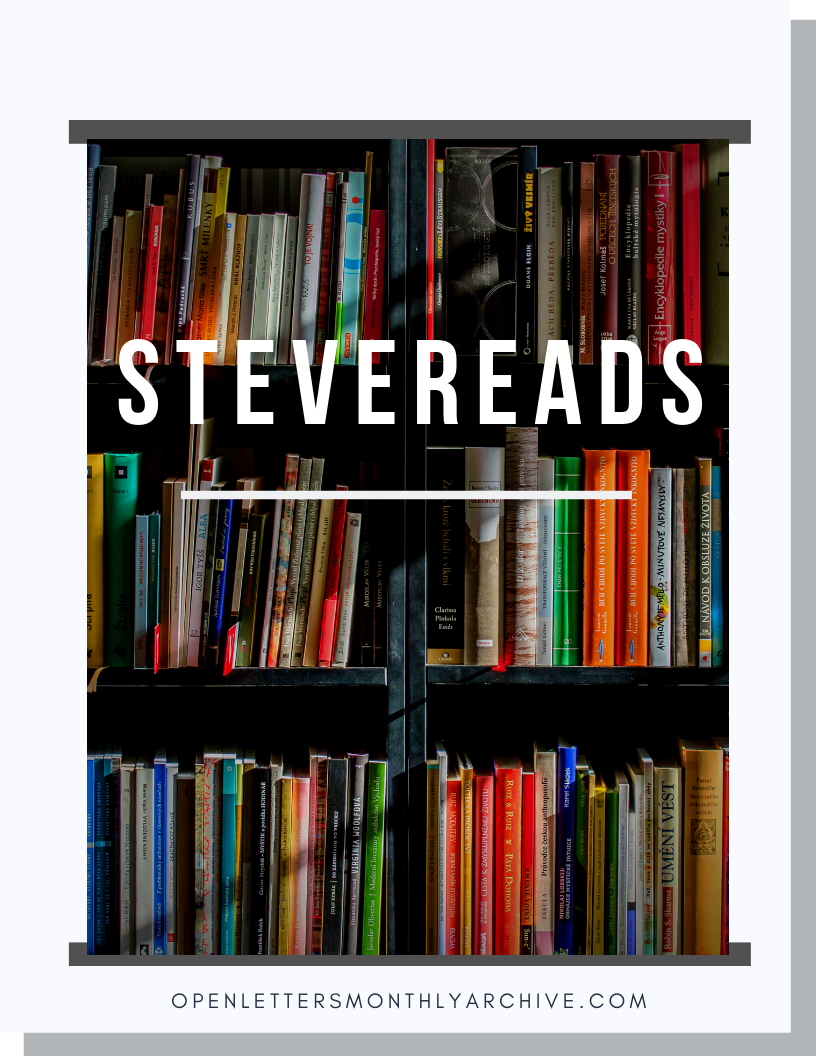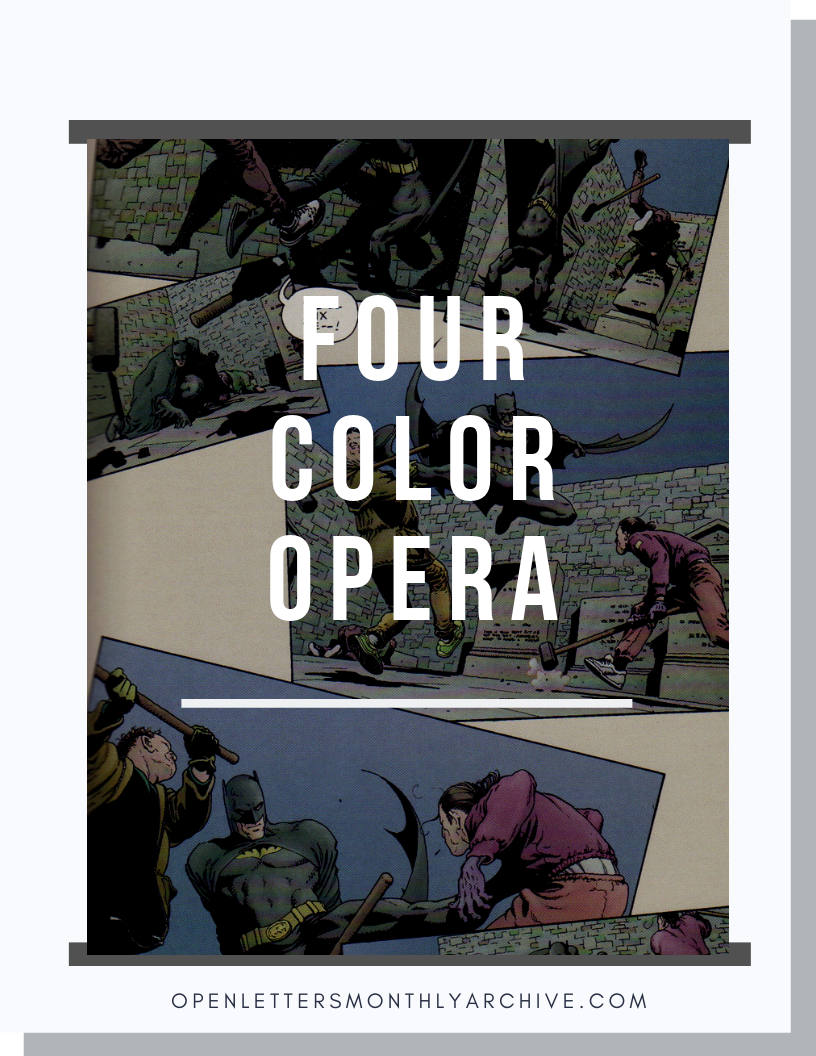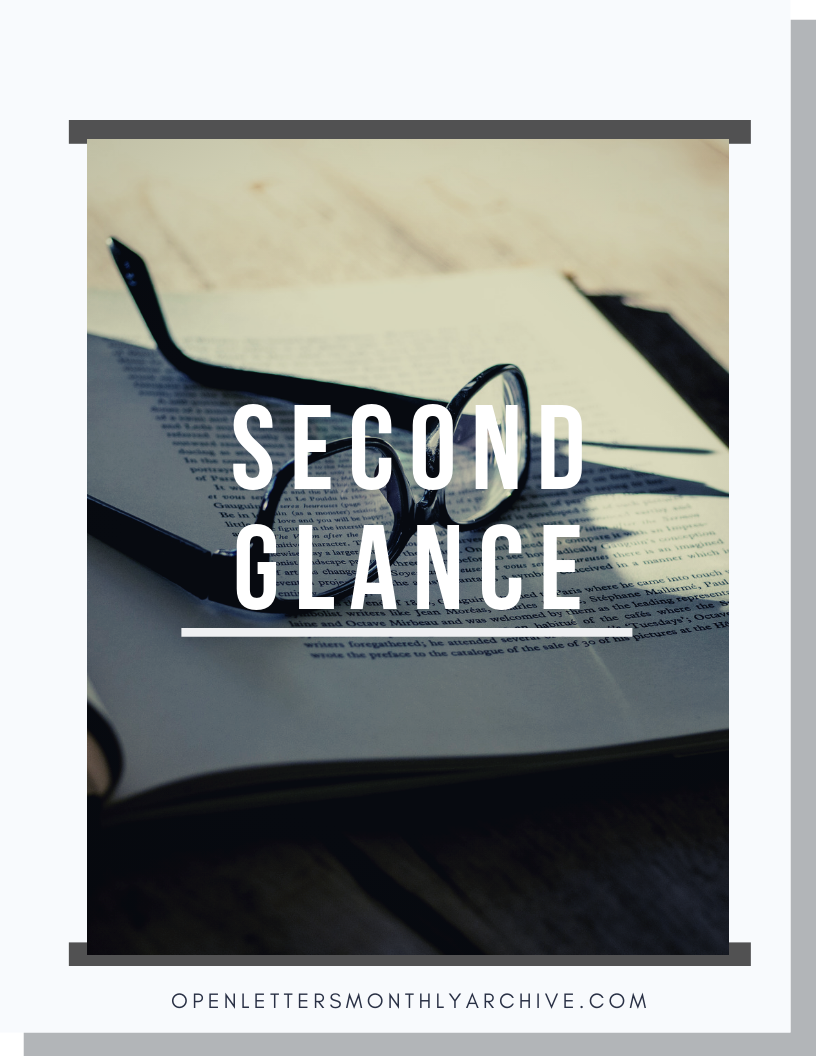This Week in My Classes: Great Fiction
/
That’s the long and the short of it! Or, I should say, between my two classes we’re reading both long and short examples of it. What a treat.
Last week the university closed (because BLIZZARD!) just before my Introduction to Prose and Fiction class was supposed to meet to talk about Kate Chopin’s “The Story of an Hour.” I ended up compressing some brief mention of it into our next session, which was officially on Poe’s “The Black Cat.” Though these are great stories, the main purpose of those lessons was setting out some key vocabulary for analyzing short fiction (again with the critical tool-kits!), from basic stuff like “exposition” and “characterization” and “setting” to different varieties of narrators to the ever-vexing notion of “theme.” Now that these terms have been introduced, we can review them as necessary while actually using them to talk about our readings, which for another few classes will be more short stories.
I consider short stories very hard work: as I often remark to my students, their length (or rather, their brevity) is misleading! The nice thing about Victorian triple-deckers is that if you don’t get the significance of a detail the first time you see it, it will almost certainly recur another 47 more times until you do get it. I usually finish a short story feeling as if I have walked off a narrative cliff where I expected there to be much more solid ground: where are the other 790 pages? So I have to go back and work through it again, and again, and again (and usually, again and again!) until I think I know what has just happened. I really enjoy the process, and yet it does not come naturally to me as a reader, which is probably why I almost never choose short story collections for my own leisure reading. The stories we’re doing are so splendid, though, that they make me think I should reconsider. Today, for instance, we discussed Joyce’s “Araby”: everything about it is just so satisfying. I thought the class discussion was very good, too, with lots of participation and what seemed like genuine engagement. Friday’s assignment is Katherine Mansfield’s “The Garden Party,” which is not as economically beautiful but is still dense with interesting things. And then next week it’s Alice Munro’s “Friend of My Youth” and Jhumpa Lahiri’s “Interpreter of Maladies.” And then (thankfully, given what a tough wintry time we’ve been having) we get a scheduled day off, because MUNRO DAY.
One thing I did in today’s class that I have done only rarely before is a bit of “cold calling” on students. I have been pleased with the level of participation so far in this class, but it has also become very clear that there are five or six students who will readily carry it if I let them, and I decided that I wanted to break that pattern up before it sets. I tried to be unthreatening and non-confrontational about it, but I think I made the point in practice that I also make in my syllabus, which is that literary criticism is something you learn by doing, and what we do as critics is try out our readings on other attentive readers. Everyone I called on was able to contribute something, so I think I’ll keep this up! It took a mental push for me to do it, but it felt just fine once I got started.
In Women and Detective Fiction, we’ve moved on from short fiction to our first long — and great — reading, Gaudy Night. I’ve said plenty here about this novel before, and so far I don’t have anything to add. (That post and the ensuing discussion, by the way, stand out for me as one of my favorite and also one of my most valuable blogging experiences.) I can’t really tell yet how this group of students is responding to the novel, as we only just got going on it. As usual, there were signs of some unease over the class issues, but I thought there was a bit less resistance to Harriet’s judgmental habits than on other occasions, and at least one student took her side against Mrs. Bendick — or, rather, agreed that Mrs. Bendick’s farm career was a waste of her very different education. For me it’s quite interesting reading Sayers right after Christie and Nancy Drew, neither of which really offers much of literary or thematic substance…or character development, for that matter. Plenty of interesting things arise from reading the other two, but Sayers is just so much more interesting. Assuming I teach this seminar again in the future (yes, I’m reconsidering book lists again already!) I may rethink my choices. At a minimum, I think I should do a full-length Christie novel rather than short stories. The problem is that I really don’t want to read all the Miss Marple novels in order to pick which one. Would anyone like to suggest a couple of options that highlight women’s roles in some way (besides Miss Marple herself as a woman detective)?






